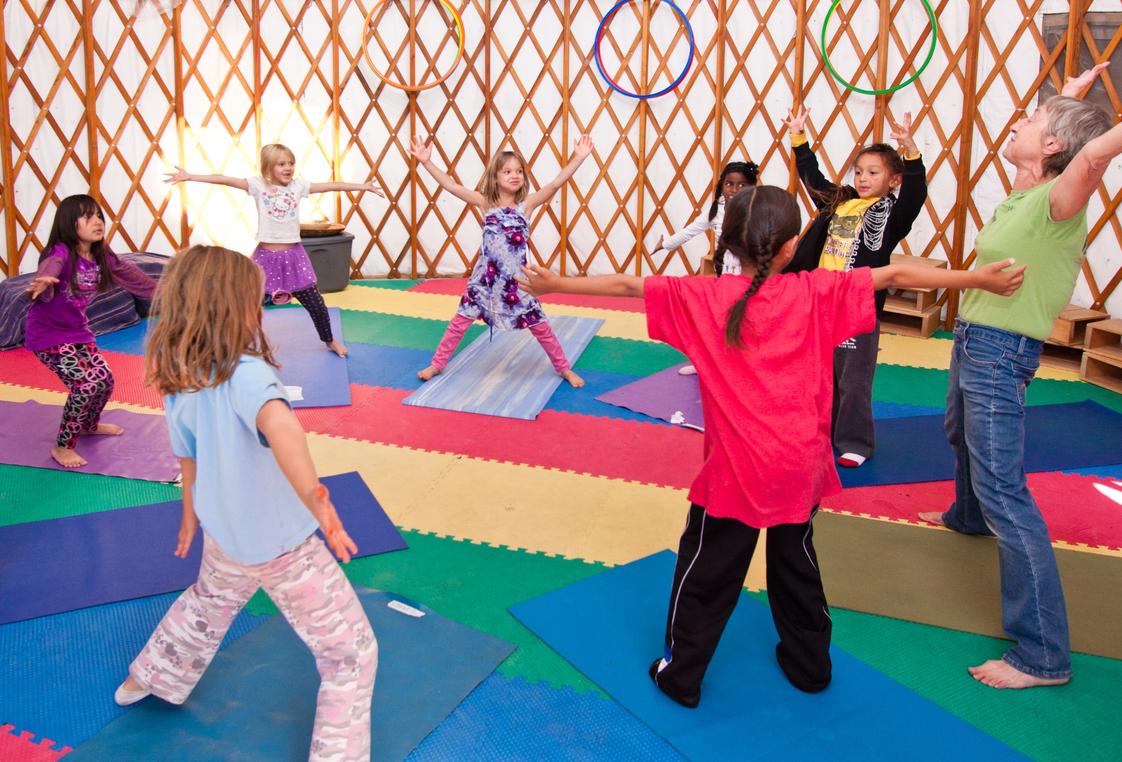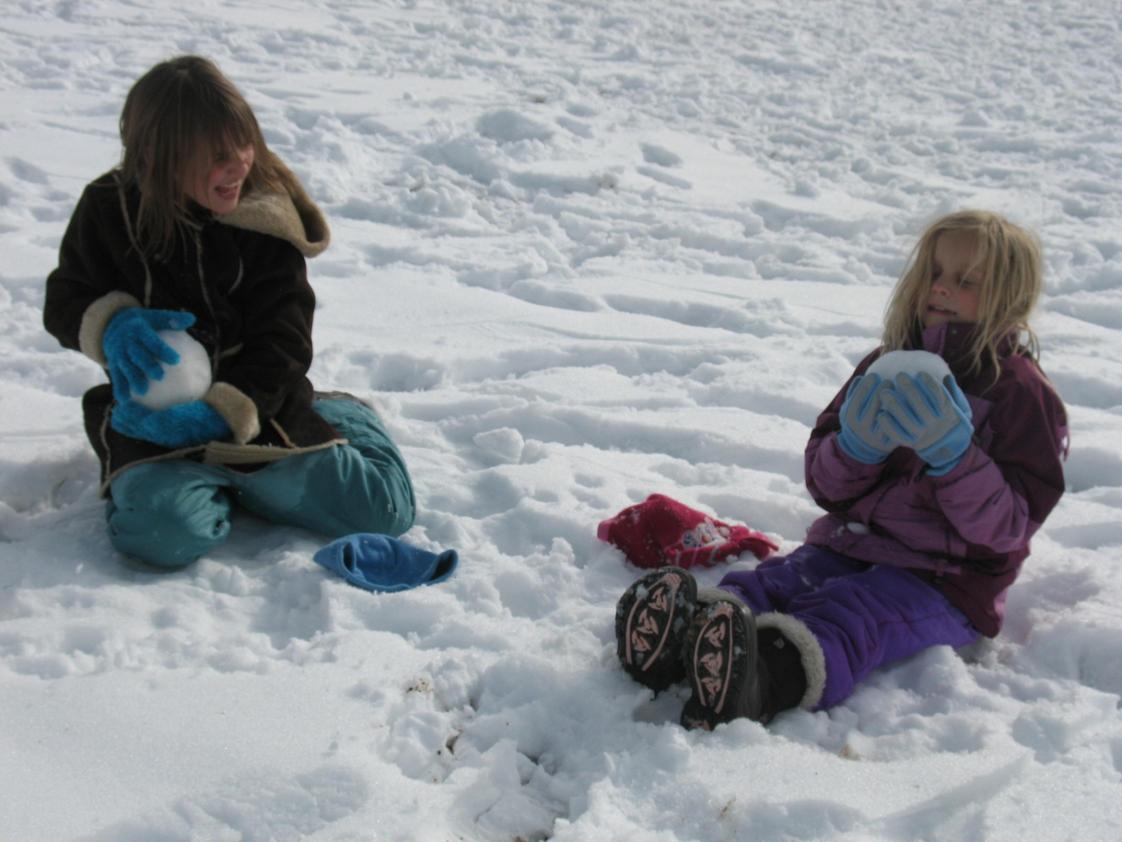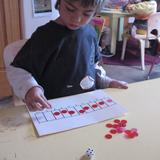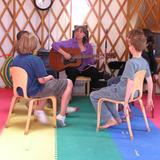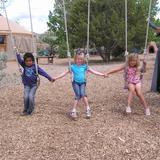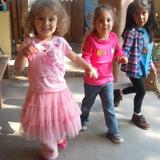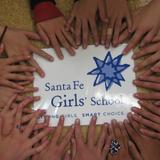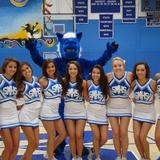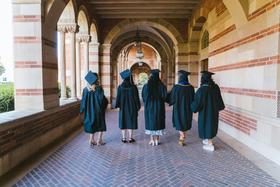For 34 years Little Earth School has provided a succesful educational program rooted in a developmental, individualized approach to learning that builds self-esteem, nurtures creative expression and cultivates academic excellence in each child.
Quick Facts (2025-26)
- Grades: Kindergarten-6
- Enrollment: 22 students
- Average class size: 15 students
- Application Deadline: None / Rolling
- Source: Verified school update
School Overview
School Membership(s)School Assoc.
Religious Affiliation
Grades Offered
Grades Kindergarten-6
Year Founded
1978
Summer School Offered
Yes
School Calendar
Student Body
Total Students
22 students
Student Body Type
Co-ed
% Students of Color
37%
State avg.: 50%
Students by Grade

Academics and Faculty
Total Classroom Teachers
3 teachers
Student-Teacher Ratio
7:1
National avg.: 13:1
Average Class Size
15 students
Tuition and Acceptance Rate
Admission Deadline
None / Rolling
Tuition Notes
Tuition varies depending on number of days per week enrolled.
Admissions Director
Ellen Souberman
Application URL
School Notes
- School Motto: Childhood is a journey and not a race.
- Our classrooms are all multiage. The pre-K program is for children 3 1/2 to age 5. Then we have a multiage 1st, 2nd and 3rd grade classroom and finally a multiage 4th, 5th and 6th grade classroom. Our website has great information about philosophy, teachers and classrooms- www.LittleEarthSchool.org
- Sample of notable school alumni/alumnae:
- Atenas Burrola - Attorney and Stanford Law graduate, class of '97 -
Source: Verified school update
Frequently Asked Questions
Who are famous alumni from Little Earth School?
Little Earth School famous alumni include: Atenas Burrola - Attorney and Stanford Law graduate, class of '97.
When is the application deadline for Little Earth School?
The application deadline for Little Earth School is rolling (applications are reviewed as they are received year-round).
School Reviews
Endorse Little Earth School. Endorsements should be a few sentences in length. Please include any comments on:
- Quality of academic programs, teachers, and facilities
- Availability of music, art, sports and other extracurricular activities
- Academic or athletic awards
Recent Articles

Student Success Predictors at Community Colleges
A practical guide to student success predictors at community colleges for private school advisors helping graduates navigate two-year pathways.

Career Pathways with Community College for Private School Grads
Explore top career pathways with community college for private school graduates, including high-demand jobs, transfer options, and 2025 workforce trends.

Navigating the FAFSA & Financial Aid Timeline for Community College
Learn how to navigate FAFSA and financial aid timelines when starting at community college — from application to disbursement in 2025.

